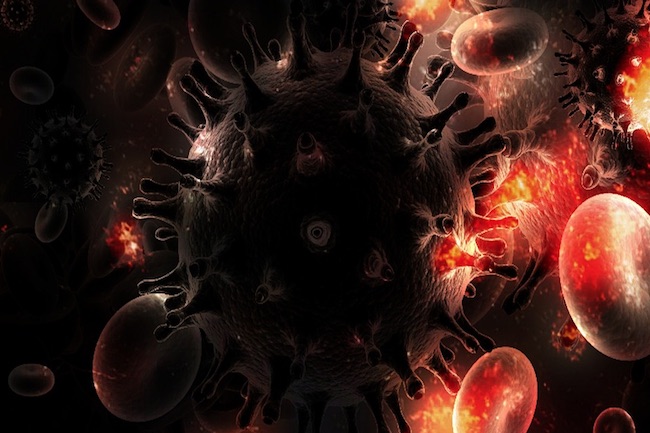Why COVID-19 Testing Is a Tragic Waste by Dr. Joseph Mercola for Mercola
From the beginning of the COVID-19 pandemic, the clarion call has been to test, test and test some more. However, right from the start, serious questions arose about the tests being used to diagnose this infection, and questions have only multiplied since then.
Positive reverse transcription polymerase chain reaction (RT-PCR) tests have been used as the justification for keeping large portions of the world locked down for the better part of 2020.
This, despite the fact that PCR tests have proven remarkably unreliable with high false result rates, and aren’t designed to be used as a diagnostic tool in the first place as they cannot distinguish between inactive viruses and “live” or reproductive ones.
Dr. Mike Yeadon, former vice president and scientific director of Pfizer, has even gone on record stating1 that false positive results from unreliable PCR tests are being used to “manufacture a ‘second wave’ based on ‘new cases,'” when in fact a second wave is highly unlikely.
Understanding PCR Tests
Before his death, the inventor of the PCR test, Kary Mullis, repeatedly yet unsuccessfully stressed that this test should not be used as a diagnostic tool for the simple reason that it’s incapable of diagnosing disease. A positive test does not actually mean that an active infection is present. As noted in a U.S. Centers for Disease Control and prevention publication on coronavirus and PCR testing dated July 13 2020:2
- Detection of viral RNA may not indicate the presence of infectious virus or that 2019-nCoV is the causative agent for clinical symptoms.
- The performance of this test has not been established for monitoring treatment of 2019-nCoV infection.
- This test cannot rule out diseases caused by other bacterial or viral pathogens.
So, what does the PCR test actually tell us? The PCR swab collects RNA from your nasal cavity. This RNA is then reverse transcribed into DNA. However, the genetic snippets are so small they must be amplified in order to become discernible. Each round of amplification is called a cycle.
Amplification over 35 cycles is considered unreliable and scientifically unjustified, yet Drosten tests and tests recommended by the World Health Organization are set to 45 cycles.
What this does is amplify any, even insignificant sequences of viral DNA that might be present to the point that the test reads “positive,” even if the viral load is extremely low or the virus is inactive. As a result of these excessive cycle thresholds, you end up with a far higher number of positive tests than you would otherwise.
We’ve also had problems with faulty and contaminated tests. As soon as the genetic sequence for SARS-CoV-2 became available in January 2020, German researchers quickly developed a PCR test for the virus.
In March 2020, The New York Times3 reported the initial test kits developed by the CDC had been found to be flawed. The Verge also reported4 that this flawed CDC test in turn became the basis for the WHO’s test, which the CDC ended up refusing to use.




